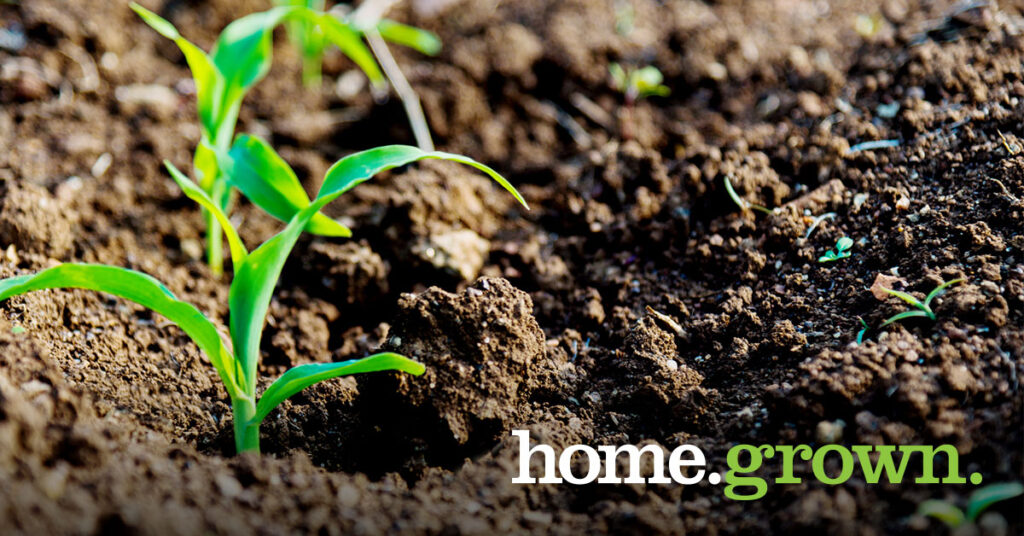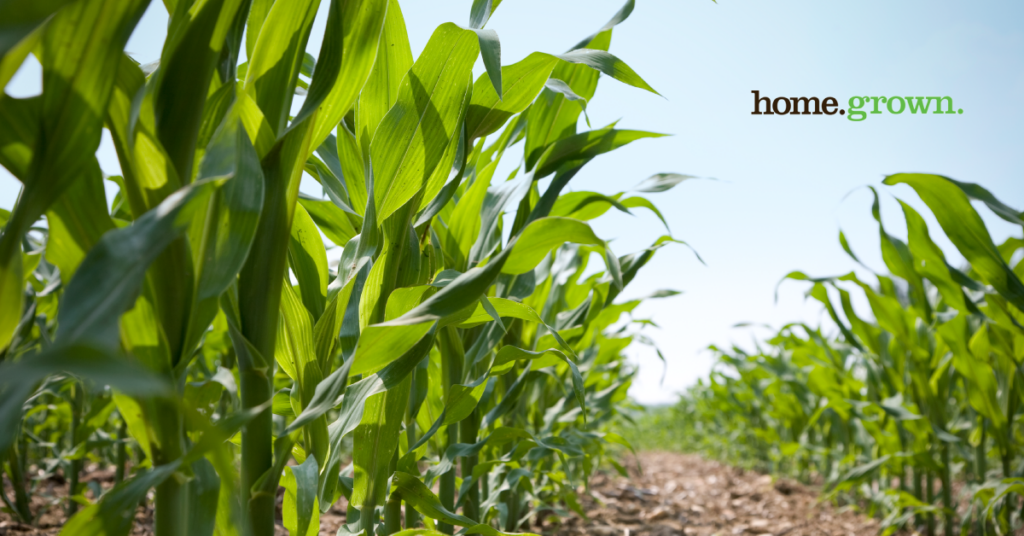
Local Produce Season: A Crop Roster
We’ve been partnering with local farms since 1932, and it’s because of their hard work that we’re able to offer fresh, regional produce in our stores each year. Some of these farms, like Black Horse Farms in Coxsackie, NY have been partnering with us for over 50 years! This time of year is one of our favorites because of all the local crops that become available. You probably know that some crops take longer to grow than others, but do you know which ones are the early crowd and which ones take longer here in the Northeast? We break it down below!
Season Starters
Introducing our growing season starting lineup: lettuce, summer squash and radishes.
Lettuce: Thriving in temperatures around 60ºF to 70ºF, lettuce is definitely a lead-off batter in the growing season lineup. Many varieties of lettuce reach maturity in as little as 30 days, and some can be harvested even before then as microgreens.
Squash: Squash shine their brightest when the air temperature reaches an average of 65ºF. They need 50 to 65 frost free days to properly mature, making them typically safe for planting in the final weeks of spring.
Radishes: We source radishes from local folks like A. Gurda Produce in Pine Island, NY. Requiring anywhere from 22 to 70 days to harvest in New York’s Black Dirt Region, radishes are a cool-weather crop, so farmers try to complete harvesting before the weather becomes too warm. If you’re a home grower, radishes are best sown in the garden two to three weeks before the average last frost in spring.
Peak-Season Heavy Hitters
When the growing gets hot, our heavy hitters get growing: corn, eggplant, peppers, and tomatoes.
Corn: Corn thrives when the soil temperature reaches 60ºF. Two to three weeks after the last frost of spring is a good estimate. Depending on the variety and amount of heat during growing season, corn takes between 60 to 100 days to harvest. It grows well in air temperatures from 60ºF up to as hot as 95ºF. We get corn from folks like Shaul Farms in Fultonham, NY and Kinderhook Creek Farm in Stephentown, NY: some of the best corn growers in the corn growing game.
Eggplant: Eggplant needs a long, warm growing season to reach their full potential. They’re sensitive to cool climates and will fail in any frost or light freezing. Ideally, eggplants need four months of 60ºF to 85ºF temperatures. If you’re a gardener and are located in a cooler spring climate, eggplant will ideally need to be started indoors.
Peppers: Speaking of starting indoors, peppers need similar treatment. Start your seeds indoors 8-10 weeks before the last spring frost date. They require a growing season of 60 to 90 days. Once we start getting in Northeast-grown peppers in our stores we know the season’s growing peak is in full effect!
Tomatoes: We’re proud to source tomatoes from a variety of local farms, like Paul Mazza’s in Essex, VT. Tomatoes enjoy having their fun in the sun, and do not tolerate frost. It takes tomatoes between 60 to 80 days to mature. When planting, our farmers have to make sure their crop is in an area where it can receive 6 hours of sunlight a day. Luckily, most farm fields in our region are wide open and get plenty of sun!
Late Season MVPs
At the end of the season, we call on the MVPs to close things out: hard squash and pumpkins.
Hard Squash: Hard squash grows best in air temperatures of 50ºF to 90ºF. It has a growing season of anywhere from 60 to as many as 110 days. If you’re growing them in your garden, they should be set to plant no later than three weeks after the last frost of spring, or once the soil has warmed to at least 60ºF. A lot of folks are on Team Butternut, but we’re fanatics of Team Acorn.
Pumpkins: A favorite crop of farms like Black Horse Farms in Coxsackie NY, pumpkins are a tender vegetable. In Northern locations, pumpkins for Halloween are usually planted in late May. We typically offer regionally-grown pie pumpkins until early-winter, which wraps up our local growing season roster until the following year.
There you have it! We hope you’ve enjoyed our home.grown. season breakdown. We’re lucky to partner with local growers in our region for locally grown produce each year. From apples to zucchini, when it’s made or grown here, we get it here!
Learn more about what home.grown. means to us!

